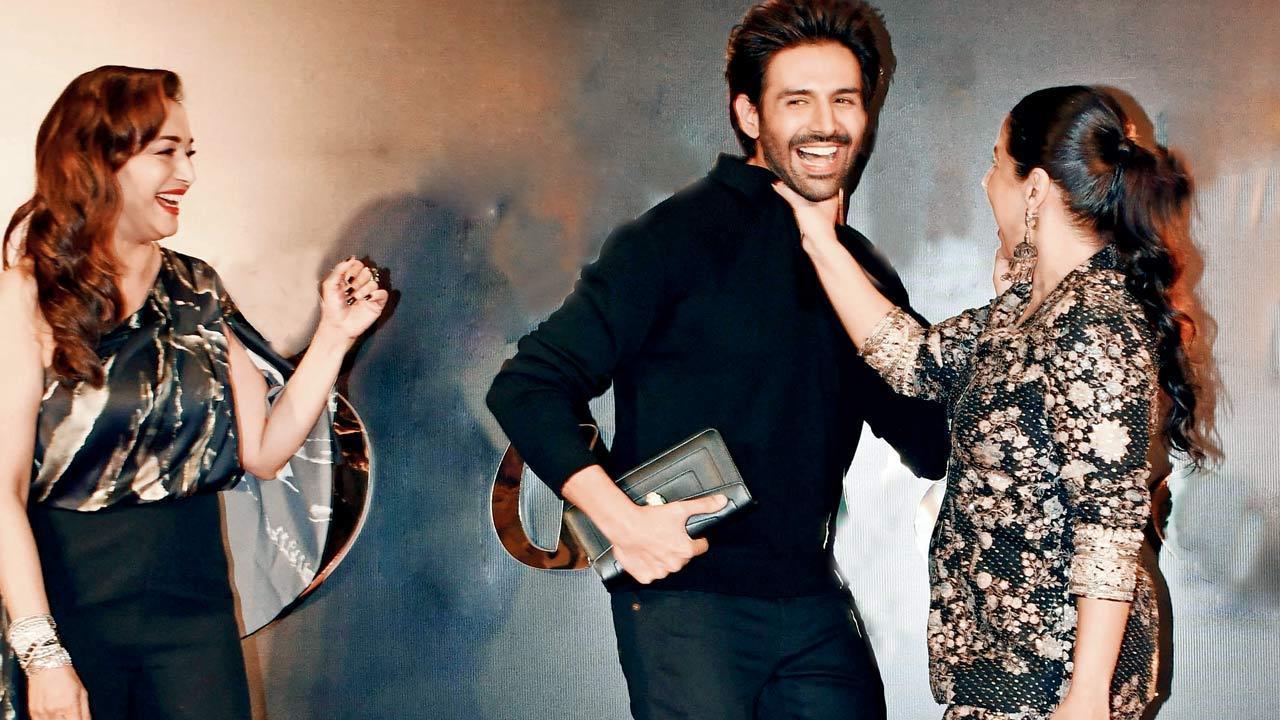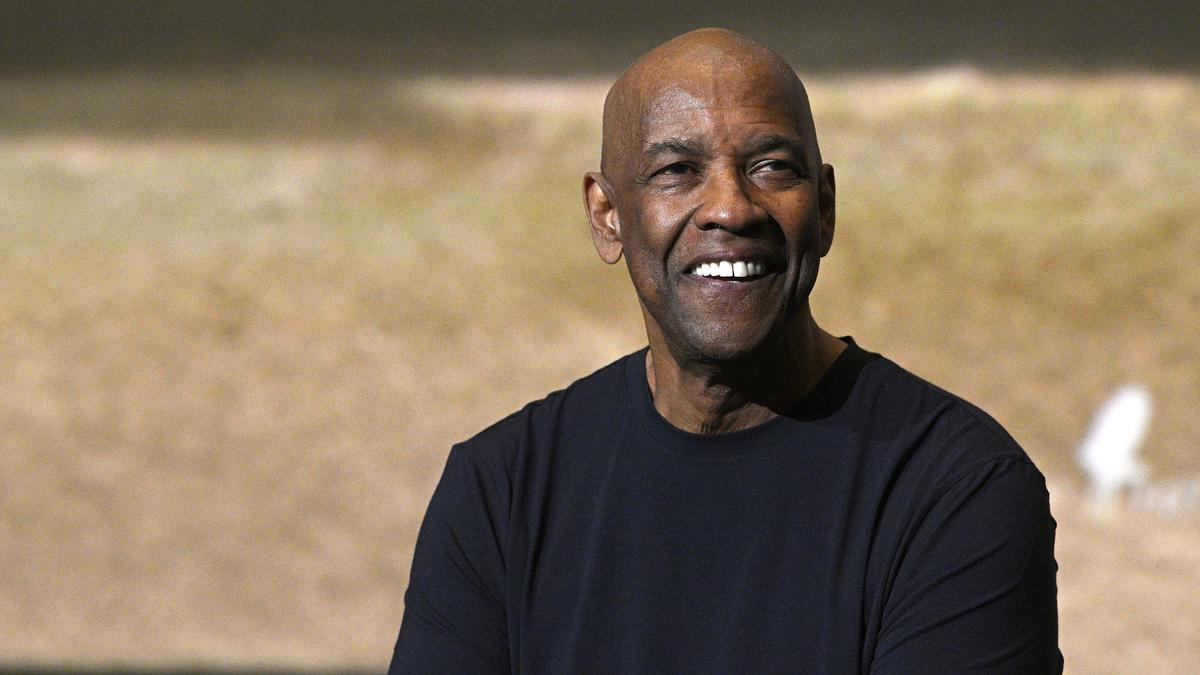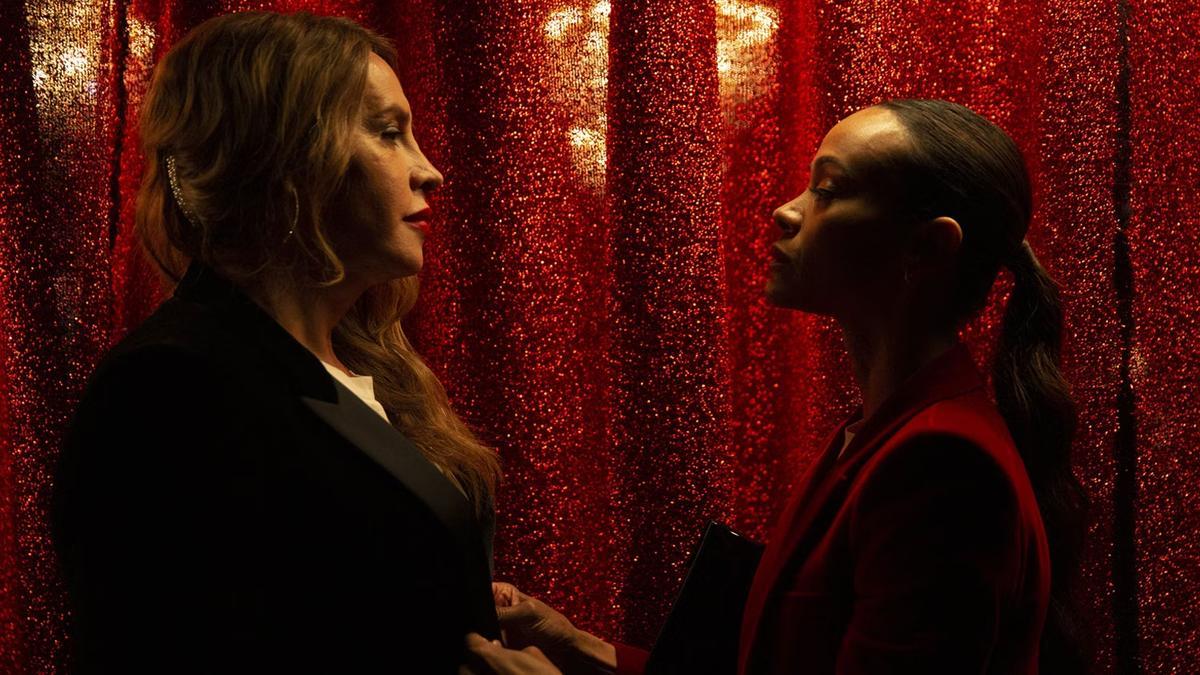
Imagine the first images that surface in your mind when you think about the Holocaust portrayed in cinema. Maybe it’s the haunting glance of a young boy hiding behind the walls of a ghetto, an exhausted musician navigating the rubble of a ruined city, a powerful performance by Liam Neeson as a man overwhelmed by his inability to save more lives, or perhaps the defiant smile of a woman staring at Adolf Hitler from a film screen. Each of these snapshots are emblematic of a narrative we’ve repeatedly seen.
However, Jonathan Glazer’s latest film, “The Zone of Interest,” an Oscar contender that’s creating a stir, presents an entirely different perspective on this historical tragedy, one that may leave audiences reflecting on its meaning long after the credits roll. The film’s indelible imagery imparts a sense of an abyss, and the narrative only becomes more troubling and perplexing upon further contemplation.
“The Zone of Interest” entrances the viewer with a chilling score that persists in memory well after exiting the theater. The narrative introduces Hedwig Höss, played with piercing subtlety by Sandra Hüller. Hedwig is the wife of Rudolf Höss (Christian Friedel), the commandant of Auschwitz. Through the use of prolonged, bleak shots, we are revealed the idyllic vision Hedwig has cultivated in her countryside abode, staffed by multiple maids ensuring that her children and husband live in ease. They enjoy quaint picnics, revel in nature, and share lighthearted society with other German elite.
Yet the devil lies in the details. The Höss home adjoins Auschwitz, and the very fabric of their comfortable existence — from their children’s playthings to their dining silverware — is appropriated from the possessions of concentration camp inmates. The filmmakers audaciously foreground the mirth of Nazi life while relegating the Jewish suffering to the background, hinted at by subtle sound cues, visual fragments, and snatches of dialogue.
The film, with its deliberate art-house pacing, does not delay its impact. It cruelly chronicles Hedwig’s delight in the ‘troves’ sourced from the camp, including a shocking moment where she marvelously recounts discovering a diamond in a tube of toothpaste plundered from the inmates, a disturbing realization of the normalcy of their plunder.
The narrative crescendos when Hedwig learns of Rudolf’s promotion and impending relocation. This news serves as a chilling reminder of the normalcy of genocide for the families of its perpetrators. As much as we are rattled by Rudolf’s nonchalant approach to orchestrating unfathomable brutality, we are equally disturbed by Hedwig’s readiness to preserve her bucolic lifestyle—built upon the misery of the condemned.
“The Zone of Interest” is a unique cinematic portrayal of the detestable indifference that can underpin the most heinous human actions. One can’t help but feel a cold rush when Hedwig chillingly threatens her housemaid with a fate similar to the camp’s inmates, all while nonchalantly preparing breakfast. It is the banality of evil made manifest on the screen.
What then are we to make of a film that so deliberately chooses to portray the perpetrators so intimately for emotional impact? When so many films have recounted the Holocaust’s terrors, what more does this story intend to communicate? The necessity of this film’s narrative remains open to debate. Nonetheless, the lasting reflection for viewers may be how “The Zone of Interest” mirrors the willful ignorance still present in modern society, where ‘camps’ of injustice and cruelty linger on the peripheries of our comfortable lives.
“The Zone of Interest” is now being screened in movie theaters, inviting audiences to confront these deeply unsettling themes and question the visceral legacy of historical atrocities within our collective memory.










